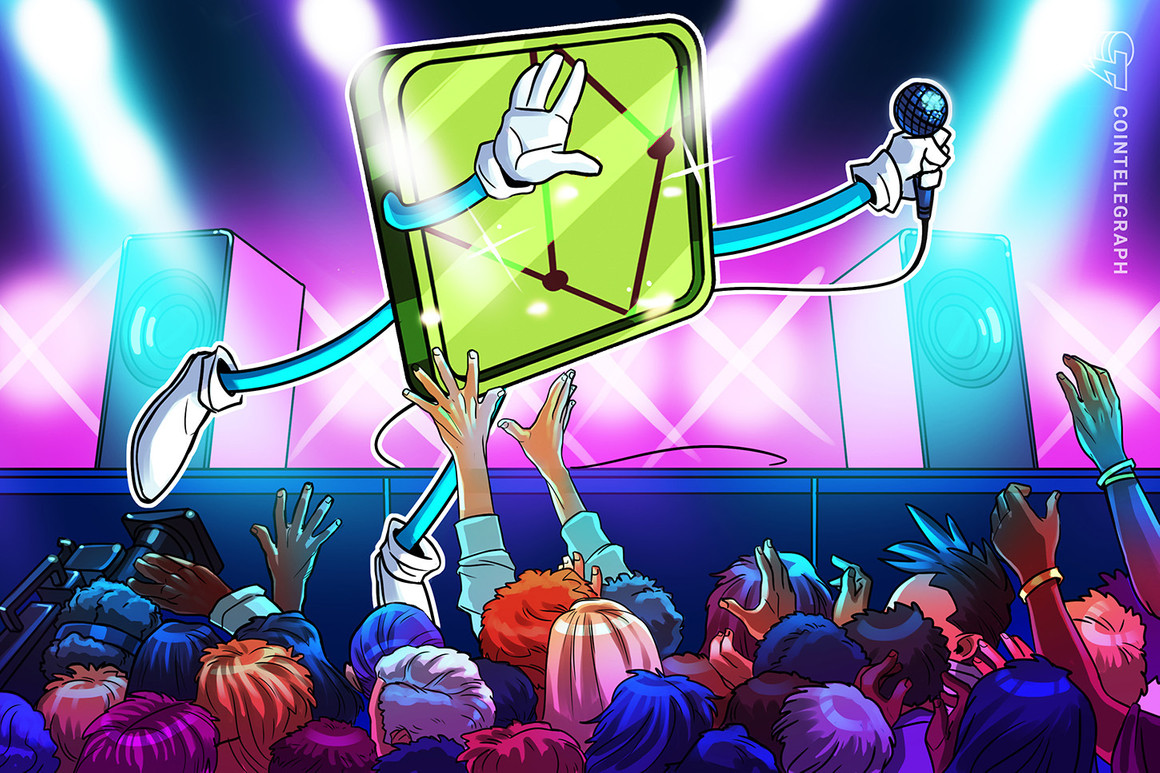Cointelegraph spoke with NFT musicians and Web3 music industry natives to understand what came first: the music or the desire to make an NFT.
Music-related use cases for Web3 technologies are piling up as the industry goes all in on adoption. From democratizing song rights royalties and blockchain licensing to legacy companies like Sony Entertainment filing patents for nonfungible token- (NFT)-authenticated music.
While electronic dance music and pop seem to be picking up the most attention in terms of NFT music, they’re even making a difference in more traditional areas like opera.
Just like any new and novelty tool, however, there are creators who live off the hype. This is often seen with “shitcoins” and pump-and-dump NFT projects, both of which have little to no value or long-term utility.
As music NFTs become more popular, the hype follows. Hundreds of music NFT projects are popping up on Twitter, creating what can be seen as almost a subgenre of NFT music.
The music revolution is here
Supply: 4444
Mint price: .11 ETH
Date: Friday 9/23 pic.twitter.com/d0iunVvwhV
All the hype begs the question: What comes first the music or the desire to create a music NFT?
Cointelegraph spoke with creators in the music NFT industry to answer this chicken-and-egg type question and understand this new genre.
Related: Experts explain how music NFTs will enhance the connection between creators and fans
Adrien Stern, CEO and founder of Reveel — a Web3 revenue sharing platform for musicians — said right now NFTs are actually breaking genres rather than creating them:
Before NFTs, the next wave of internet musicians was creating music for virality in short video clips. “There is no doubt that artists have been freed creatively by NFTs. They no longer have to write music that will work on a 30-second TikTok video,” says Stern.
One example can be seen with NFT musician Sammy Arriaga, who leveraged his internet community on TikTok and Twitter to sell out over 4,000 music NFTs.
This dude is singing sad boy pixel songs rn and I’m loving it https://t.co/AIoxhTgRvN
Another NFT musician and blockchain music label creator, Thomas “Pip” Pipolo, told Cointelegraph that his artistic passion for music making comes before anything else:
However, when it comes to music being hyped up for NFT creation Pipolo says good music is good music, and bad music is bad music, whether it’s in Web2 or Web3:
The importance lies in the technology allowing artists to use accessible tools like Twitter artists to sell their personalities and stories while giving fans more credibility as owners and participants rather than just followers. Pipolo says this “Levels the playing field for those with the ability but the lack of connections.”
Web3 record label founder Jeremy Fall backed this statement up and said it’s certainly not about hype. Even more so, the idea is:
Fall says musicians have always needed to incorporate many types of art into their creations — visuals, performance, audio and video— and these new Web3 tools allow for this.
As far as hype, in many of the scenarios surrounding music, the consensus is that it is both earned and natural. Musicians and Web3 music creators like Pipolo, Fall and Stern all see NFT music as a result of the true power of decentralized technology.


